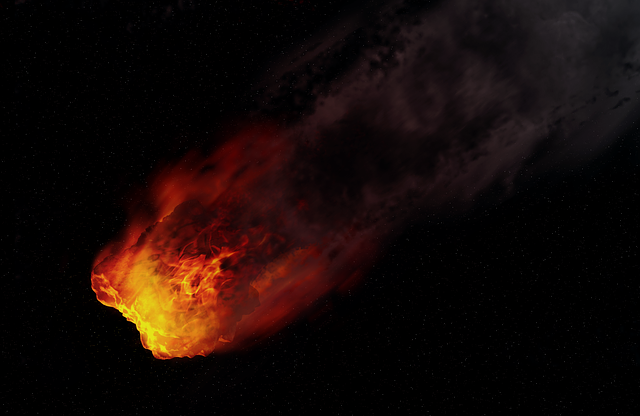
There are certain living organisms that feed on inorganic materials for their survival, and one among them is chemolithotrophic microorganisms. Now, a study conducted into the physiological process of these organisms living on meteorites is apparently providing new insights into the food habits of microorganisms during early earth. Scientists who took part in this study believe that microorganisms might have used extraterrestrial materials as a source of food in the ancient past, and it might have helped them to survive.
Living and interacting on extraterrestrial meteorite
During the study, researchers led by Tetyana Milojevic, an astrobiologist at the University of Vienna tried to explore the physiology and metal-microbial interface of the metallophilic archaeon Metallosphaera sedula, living in a meteorite named Northwest Africa 1172 (NWA 1172).
The research helped to find valuable information which will help to explore the putative extraterrestrial bioinorganic chemistry that was present in the solar system. During the study, researchers also found that Metallosphaera sedulla colonize the extraterrestrial material much faster than the minerals of terrestrial origin.
"Meteorite-fitness seems to be more beneficial for this ancient microorganism than a diet on terrestrial mineral sources. NWA 1172 is a multimetallic material, which may provide much more trace metals to facilitate metabolic activity and microbial growth. Moreover, the porosity of NWA 1172 might also reflect the superior growth rate of M. sedula," said Milojevic in a recent statement.
A better understanding of microbial biogeochemistry
As a part of their research, scientists analyzed the trafficking of meteorite inorganic constituents into a microbial cell and later investigated iron redox behavior. Using analytical spectroscopy techniques with transmission electron microscopy, researchers found the biogeochemical fingerprints left by these microbes on the meteorite.
"Our investigations validate the ability of M. sedula to perform the biotransformation of meteorite minerals, unravel microbial fingerprints left on meteorite material, and provide the next step towards an understanding of meteorite biogeochemistry," added Milojevic.
Meteorite sowed life on earth
A few days back, another study conducted by a team of international researchers including experts at NASA had discovered a sugar molecule named ribose in two meteorites.
Interestingly, ribose is a vital ingredient of RNA, and it has made many space scientists believe that space bodies like asteroids and meteors might have brought life to the earth.









